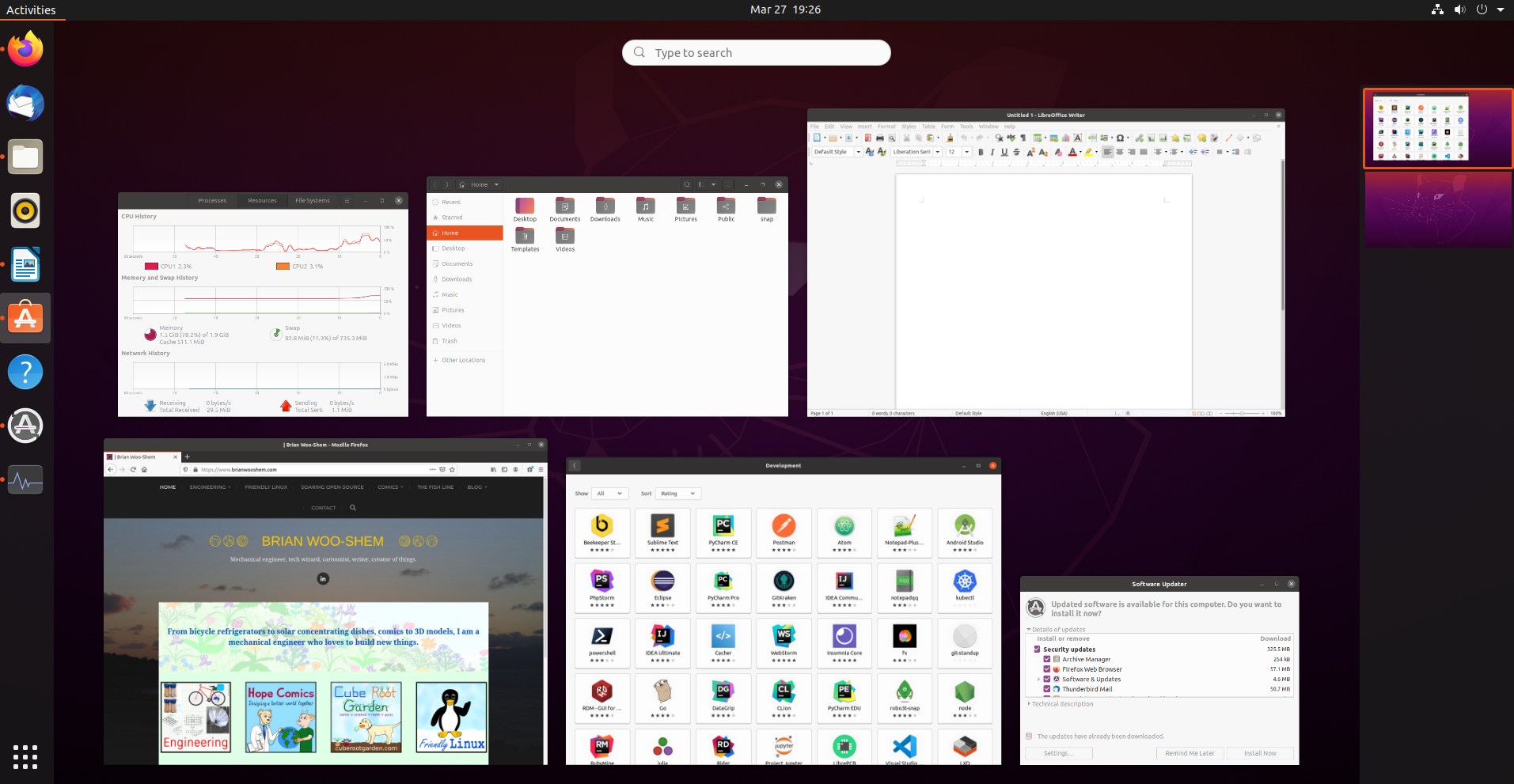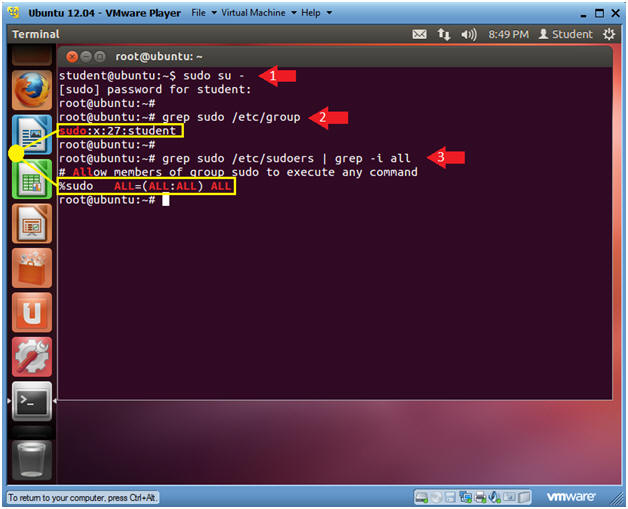
- Ubuntu search file how to#
- Ubuntu search file install#
- Ubuntu search file update#
- Ubuntu search file software#
Hit Enter, and you’ll see a single line of text. Type this into your terminal: cat /etc/issue As such, you may like to utilize this file if you’re in a hurry and don’t need to gather any additional information about your system.Īs with the previous commands, you’ll need to enter “cat” before the command. Using this method is simpler because the command won’t display anything other than your Ubuntu version. The /etc/issue file is a text-based document. It doesn’t include the links and the Ubuntu version name. Using the /etc/lsb-release command will return simpler results that show you the release ID, description, and codename. Additionally, there are a few links to the Ubuntu website and resources that can help you. Then, you’ll see a list of information that includes the number of your Ubuntu version and its release name. You’ll need to add “cat” before either of them: cat etc/os-release

This is compatible with Ubuntu 16.04 and higher.Īs before, open your terminal and enter one of the above commands. You can also obtain the same information using the / etc/os-release command. It is designed for older systems, so you may like to use it if you’re running an outdated version of Ubuntu. The /etc/lsb-release command can show you your Ubuntu version with separate lines for the release number and its description. Use the /etc/lsb-release or /etc/os-release Command You can also see data about your LSB modules and the codename for your distributor. You can see your Ubuntu version next to the Description heading. Hit “Enter” after the command to return results Then hit your Enter key to return the results. To start, open up your terminal and type in this command: lsb_release -a This method is pretty straightforward, so you might want to utilize it if you need to find out your Ubuntu version quickly. When you add “-a” to the end of this command, it returns all possible information. It also shows the ID and release number of the distributor. For example, it displays data concerning LSB modules. The lsb_release command shows you details about your Linux distribution. Once you have the command line open, you can use a few different methods to find out your Ubuntu version. You can access this tool by using the keyboard shortcut Ctrl + Alt + T. You can check your Ubuntu version quickly using the command line (also known as the terminal).
Ubuntu search file how to#
and this guide is here to help! 💪 Click to Tweet How To Check Your Ubuntu Version in the Command Line (4 Methods) Wondering if your version of Ubuntu will integrate with other programs? 🤔 It’s easy to check. With this information, other members can assist you more precisely. You can improve your forum experience by providing your version of Ubuntu.

If this happens, you can turn to technical support forums such as the official Ubuntu Forums.
Ubuntu search file install#
Not all other platforms may be compatible with the OS updates, so it’s worth investigating this before you install them.įinally, you may run into some issues when using Ubuntu.
Ubuntu search file update#
Therefore, you might like to check your OS and see if you need to update it.įurthermore, you may need to check your Ubuntu version when installing third-party software. However, you may not know if you’re running the latest version of Ubuntu. As such, it’s in your best interest to stay up to date with the latest release.
Ubuntu search file software#
New versions of the software usually include maintenance and hardware updates that help the OS run more smoothly. There are updated releases of Ubuntu approximately every six months. Optimize your admin tasks and budget with $275+ enterprise-level features included free in all WordPress plans.


 0 kommentar(er)
0 kommentar(er)
